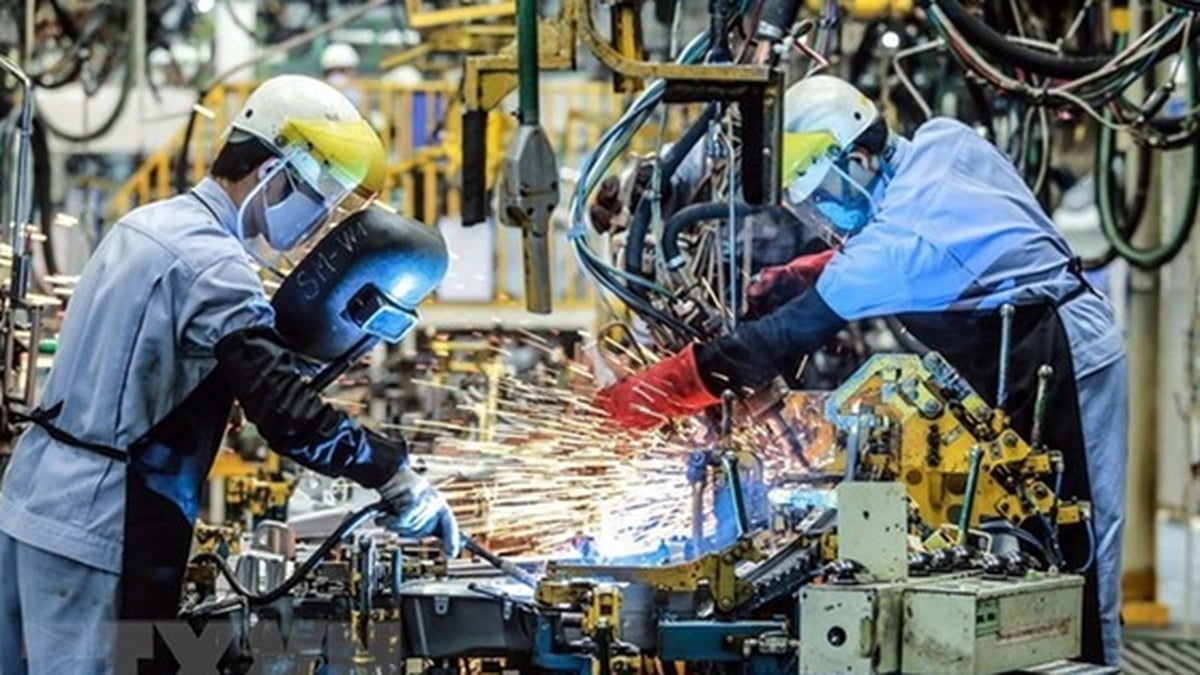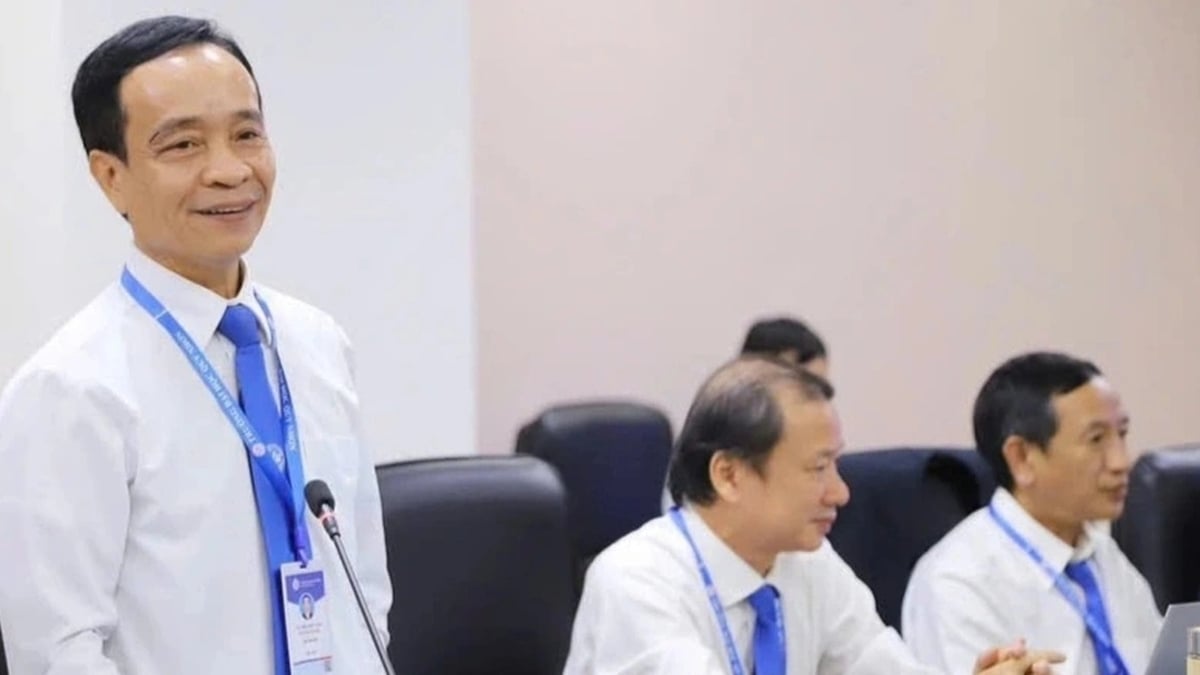Within the framework of the workshop, at the discussion session on "Overcoming the middle-income trap and moving towards sustainable development" - Dr. Nguyen Thang, Joint Stock Commercial Bank for Foreign Trade of Vietnam ( Vietcombank ) said that a goal set by the 13th National Party Congress is to become a high-income country by 2045. Achieving this goal requires Vietnam to overcome the middle-income trap, but this is a big challenge.
Citing data from the World Bank (WB), Mr. Thang said that from 1960 to 2022, only 23 economies out of 101 middle-income countries in 1960 escaped the middle-income trap. One of the important reasons pointed out by experts is that middle-income countries are stuck between poor countries with low wages and rich countries with technology.
Looking back at Vietnam's 40-year renovation process, Mr. Thang commented that in recent years, Vietnam's growth, exports, and FDI attraction have been superior to those of countries with the same level of development. Poverty reduction has been impressive, and inequality has been kept at a level similar to that of countries with the same level of development.
However, it is also necessary to recognize that, to achieve the goal of becoming a high-income country by 2045, our country still faces many challenges. "According to the World Bank, to achieve the goal of joining the group of high-income countries by 2045, Vietnam's labor productivity will have to reach 6.6% in the 2018-2045 period, while we only reached 4.85% in the 1991-2018 period. This is a difficult task because normally when the size of the economy increases, the rate of labor productivity growth decreases according to the principle of climbing a mountain, the higher the altitude, the slower the speed" - Mr. Thang commented.
Mr. Thang said that in the coming time, there needs to be more policy frameworks to promote rapid, sustainable and inclusive growth.
Regarding rapid growth, it is necessary to stabilize the macro economy soon, continue integration, prioritize trade and quality FDI, restructure the economy, increase the proportion of industries with high technology and knowledge content, and increase the competitiveness of the business sector. Develop an ecosystem for technology and innovation, and digital transformation.
Regarding sustainable growth, it is necessary to issue and effectively implement environmental standards suitable for Vietnam based on international experience. Correctly and fully calculate the costs arising from causing pollution as well as other negative impacts on the environment. Promote the development of a circular economy, encourage the development of renewable energy and green technology projects.
Regarding inclusive growth, it is necessary to promote equality in access to basic social services by universalizing education, aiming for universalization at the high school level; Slowing down and reversing the population aging process with appropriate solutions...
According to Dr. Andrea Coppola - Chief Economist and Program Manager, World Bank (WB) in Vietnam: “Achieving the high income target is the ambition that the Vietnamese economy is pursuing. To achieve this goal, the GDP growth rate by 2045 must reach 6%/year. In recent years, the GDP growth rate has been around 5.5%, meaning the economy needs to do better.”
Dr. Andrea Coppola commented that to become a high-income country, Vietnam also has to face many difficulties due to the constant fluctuations of the world economy, changes in the global supply chain, climate change, etc. Vietnam also needs to further strengthen international integration, remove trade barriers, not only expand export capacity but also diversify export goods.
In particular, it is necessary to shift from carbon-emitting industries to reducing emissions, adapting to climate change as well as calculating the cost of climate change. Greening is a very important factor affecting the competitiveness of countries. A green economy is also an important point to attract investment and create jobs.
Source




















































![[Maritime News] More than 80% of global container shipping capacity is in the hands of MSC and major shipping alliances](https://vphoto.vietnam.vn/thumb/402x226/vietnam/resource/IMAGE/2025/7/16/6b4d586c984b4cbf8c5680352b9eaeb0)













































Comment (0)